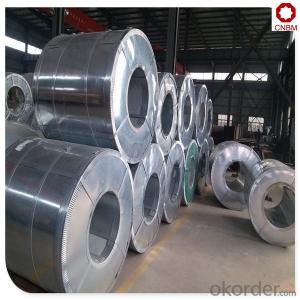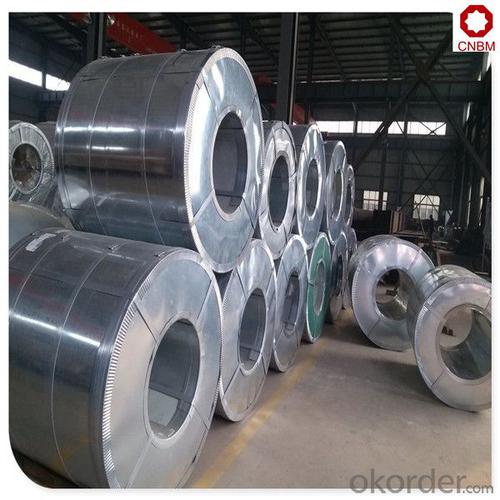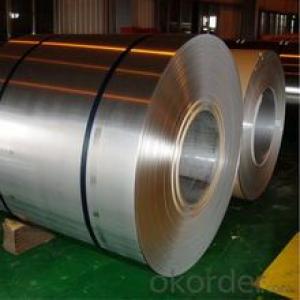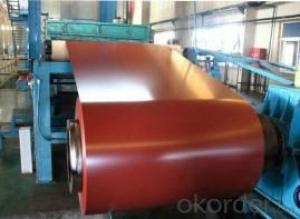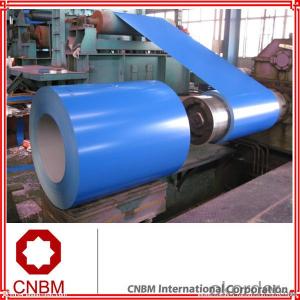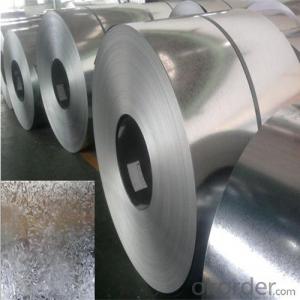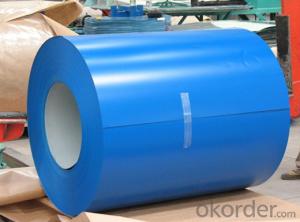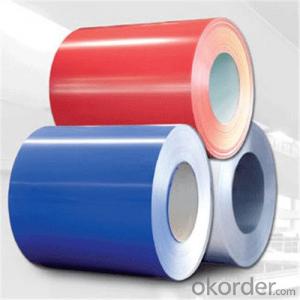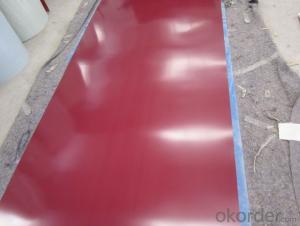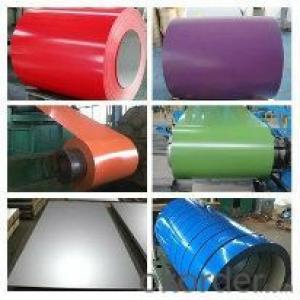Hot-dip galvanized Colored steel coil for cutting and forming
- Loading Port:
- China main port
- Payment Terms:
- TT OR LC
- Min Order Qty:
- 25 m.t.
- Supply Capability:
- 35000 m.t./month
OKorder Service Pledge
OKorder Financial Service
You Might Also Like
Specification
Main Features of the Hot-Dip Galvanized Steel Sheet:
• Excellent process capability
• Smooth and flat surface
• Workability, durability
• Excellent anticorrosive property
• High strength
• Good formability
• Good visual effect
Standard and Grade :
Hot-dip galvanized steel coil | ||||
ASTM A653M-06a | EN10327:2004/ 10326:2004 | JISG 3302-2010 | AS-NZS 4534-2006 | |
Commercial quality | CS | DX51D+Z | SGCC | G1+Z |
Structure steel | SS GRADE 230 | S220GD+Z | SGC340 | G250+Z |
SS GRADE 255 | S250GD+Z | SGC400 | G330+Z | |
SS GRADE 275 | S280GD+Z | SGC440 | G350+Z | |
SS GRADE 340 | S320GD+Z | SGC490 | G450+Z | |
SS GRADE550 | S350GD+Z | SGC570 | G550+Z | |
S550GD+Z | G550+Z | |||
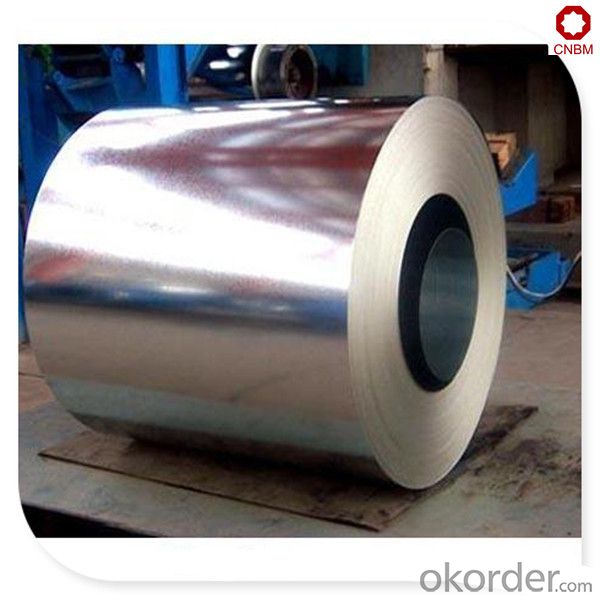
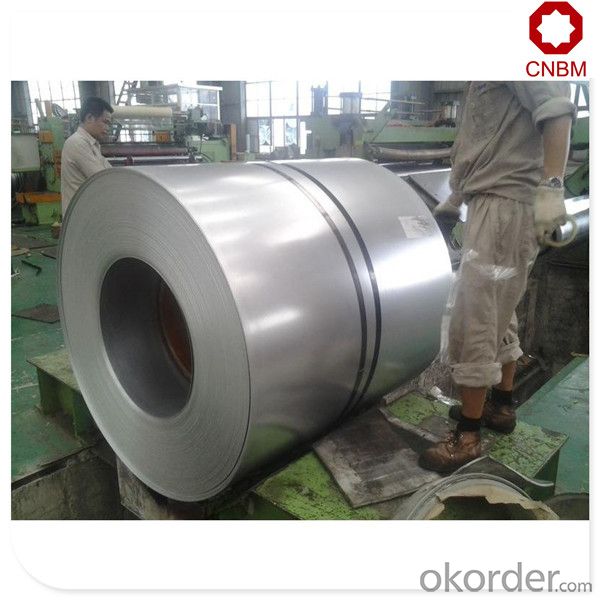
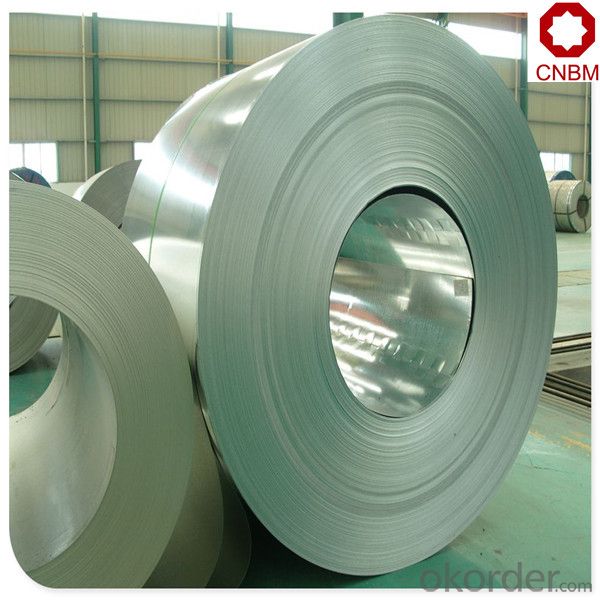
FAQ:
Q: How do you guarantee the quality of your product?
A: Every process will be checked by responsible QC which insures every product's quality.
Q: How much is your delivery time?
A: Normally within 30 days of receipt of LC original or prepayment, but mostly according to the specific requirements or the quantity
Q: I need sample, could you support?
A: We can supply you with the sample for free, but the delivery charges will be covered by our customers. For avoiding the misunderstanding, it is appreciated if you can provide the International Express Account for Freight Collect. Also you can have a visit to us, welcome to CNBM!
- Q: Many gerber knives are made out of what gerber calls high Carbon steels and I was wondering if anyone knew exactly what is this mysterious steel.
- The carbon content of the knife is done during the smelting process.For instance a knife that has a high carbon content will keep an edge much longer than one with a lower content. It is tricky because too much will cause the knife to be brittle and break easily. Annealing is also part of the process of knife making.
- Q: What are the common coil weights available for steel coils?
- The common coil weights available for steel coils range from 5 to 30 metric tons, depending on the type of steel and the specific requirements of the industry.
- Q: i got the belly button ring from icing and its surgical steel are they the same things?
- There are different grades of surgical steel. I'd look for something that says, implant surgical steel. I have the same trouble as your mother, but my daughter's is worse. This is not saying that you will have problems. but better safe!
- Q: Suppose that the hardness of steel is uniformly distributed, taking on values between 50 and 80 on the Rockwell B scale.Compute the probability that the hardness of a randomly selected steel specimen is less than 60. a..462b..333c..500d.2e..750 Question 8 Refer to question 7. Compute the probability that the hardness of a randomly selected steel specimen is between 70 and 75.a..167b..500c..063d..100e..
- Suppose that the hardness of steel is uniformly distributed, taking on values between 50 and 80 on the Rockwell B scale. That would be... f(x) = 1/(80 - 50), 50 ≤ x ≤ 80 . . . . . 0 elsewhere Consider this following problem.. Compute the probability that the hardness of a randomly selected steel specimen is less than 60. Here, we have... P(x 60) Oh! Know that the mean and the standard deviation of the uniform distribution function are... ? = (a + b)/2 σ = (a - b)?/12 You should get... ? = 65 σ = 75 Now... P(z (60 - 65)/75) = P(z -0.07) Hence, you should get around 0.462. Good luck!
- Q: why were guns, germs and steel absent within America?
- i dont really understand this question but if it means to how it was before then it was absent because the native americans were not into technology so they obviously had no guns created that was something that they had traded to get from europe as for the germs i ddo not know about thta really except for if it means that common disease and one of the diseases most used in history books is malaysa from mosquitos but when they had traded with europe they got all sorts of diseases now for steel the only reason i remember them traveling for is for gold and i dont remember them ever looking for it until 13 colonies were established as you can see im not exactly sure about germs and steels but i know that the guns part is correct
- Q: Hi All,I was wanting to know,on the quality bikes such as Trek,Giant etc is the aluminum frames as strong as the steel frame bikes? I have heard conflicting reports on this,so thought I would ask here for more input.Thanks!
- Dustin You are close, but not quite right. Steel is a great frame material, It can be heavier than its aluminum counter part, But, steel often provides a much nicer ride. Aluminum tends to be a very stiff and rigid ride that many do not like. I have had frames made of all materials. I can say that I have never met a frame material that I did not like. Check the weight of the frames you are looking at. If there is more than two pound (or so) difference then the aluminum frame would be my choice. Soccerref
- Q: How can steel coils be recycled?
- Steel coils can be recycled by first cleaning and removing any contaminants from the surface. Then, they are shredded into smaller pieces and melted down in a furnace. The molten steel is then formed into new coils or other steel products. This process helps conserve natural resources, reduces energy consumption, and minimizes waste.
- Q: How are steel coils distributed globally?
- Steel coils are distributed globally through various means such as shipping, rail, and truck transportation. They are typically transported in bulk quantities to steel processing plants, construction sites, and manufacturing facilities worldwide. Distribution channels and logistics networks play a crucial role in ensuring efficient and timely delivery of steel coils to meet the demands of different industries and markets across the globe.
- Q: I'm ordering a Pair of tongs(a tool used to dig quahogs in bays that scrapes the bottom constantly) and what type of metal would be the best to fabricate it, steel or stainless steel?
- S/S. We use clam rakes around here, I think they have a S/S basket with steel teeth to dig into the sand. By the way, I believe S/S is just steel with nickel added, but I could be wrong.
- Q: What are the trends and developments in the steel coil industry?
- Some of the current trends and developments in the steel coil industry include increased demand for high-strength and lightweight steel coils due to their use in various industries such as automotive and construction. Technological advancements have also led to the development of advanced coating methods, improving the durability and corrosion resistance of steel coils. Additionally, there is a growing focus on sustainability and environmental friendliness, leading to the use of recycled steel and the implementation of energy-efficient manufacturing processes in the industry.
Send your message to us
Hot-dip galvanized Colored steel coil for cutting and forming
- Loading Port:
- China main port
- Payment Terms:
- TT OR LC
- Min Order Qty:
- 25 m.t.
- Supply Capability:
- 35000 m.t./month
OKorder Service Pledge
OKorder Financial Service
Similar products
Hot products
Hot Searches
Related keywords
